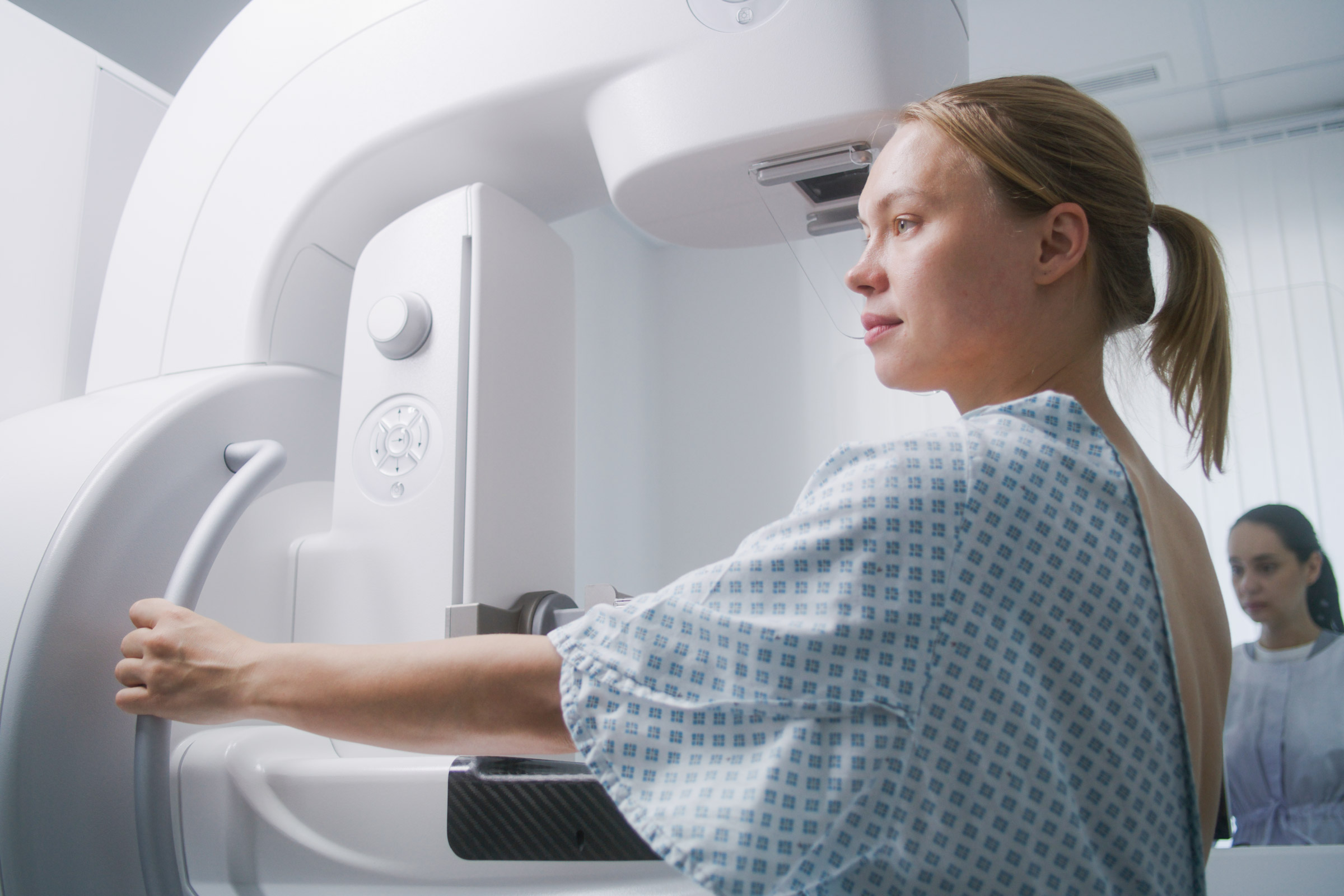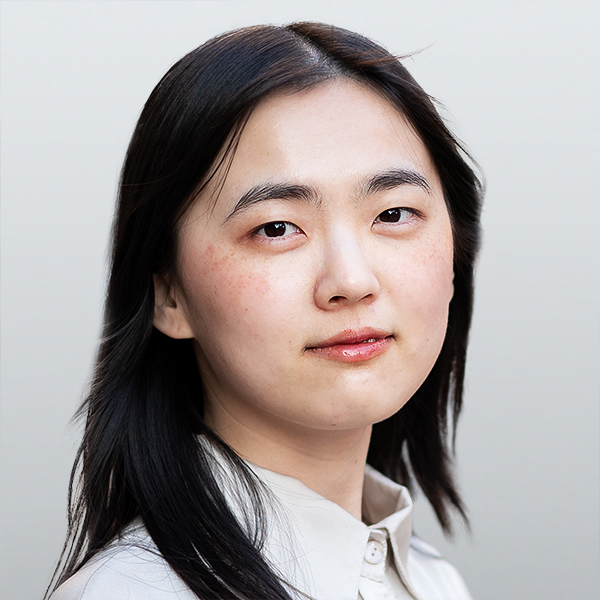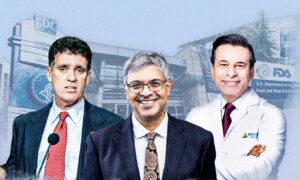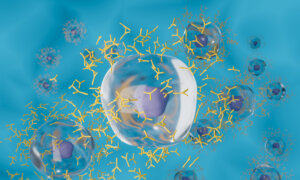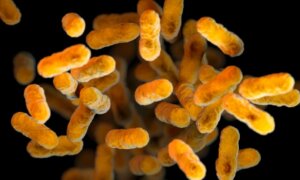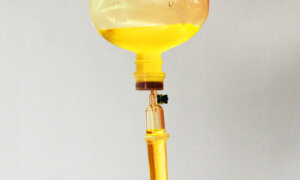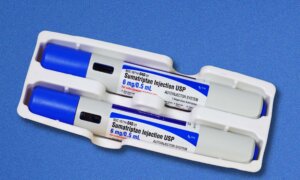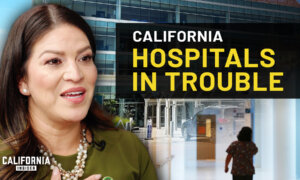As of Sept. 10, all women undergoing mammography for breast cancer will be informed on the density of their breasts, according to a new update by the U.S. Food and Drug Administration (FDA).
On March 9, 2023, the FDA issued an update requiring all mammography facilities to comply. The requirement takes effect on Tuesday.
Dense breast tissue can make cancer more difficult to detect on a mammogram, the FDA wrote in its statement. Like cancer tumors, fibroglandular tissue appears white on mammograms. According to the release, approximately half of women over 40 in the United States have dense breast tissue. Dense breasts are also a risk factor for breast cancer development.
Conversely, breasts not considered dense have more fat. Fat appears black on mammograms, which makes the white cancer tumors more identifiable.
For women with dense breast tissue, detecting cancer is “like looking for a snowman in a snowstorm,” Dr. Jennifer Harvey, clinical radiologist and chair of imaging sciences at the University of Rochester, told The Epoch Times.
“Breast density generally declines with age,” she said, though some women in old age may continue to have extremely dense breast tissue.
Women would not be able to know if their breasts are dense unless they are tested using a mammogram, professor Karla Kerlikowske, who studies breast imaging and breast cancer epidemiology at the University of California–San Francisco, told The Epoch Times.
However, “not all women are at increased risk of a missed cancer if they have dense breasts,” she said.
What Does the Mandate Mean for Patients?
Prior to the FDA’s new mandate, nearly 40 states had already been informing women about their breast density.“Breast density is determined from mammograms,” as “breast density is a radiologic term,” Kerlikowske wrote in an email.
There are four categories of assessing breast density that must be reported:
- Entirely fatty
- Scattered areas of fibroglandular density
- Heterogeneously dense (may obscure small masses)
- Extremely dense, (lowers the sensitivity of mammography)
Women with extremely dense breasts have the highest chance of cancer being missed, and a 20 to 40 percent increased risk of having breast cancer. A woman with extremely dense breasts who is never screened has a more than 5 percent chance of dying from breast cancer.
“Women with extremely dense or heterogeneously dense breasts should strongly consider screening ultrasound in addition to mammography. Both can often be scheduled together if the orders are placed by their provider,” Harvey said. Insurance coverage for additional screening varies, so women should check with their carrier, she added.
Limitations of Mammograms
While women with dense breasts have a higher chance of cancer being missed, a 2022 study showed that false negatives from mammograms tend to be low, and false positives—which can create a mental burden on women—are much more prevalent.The study showed that over 10 years, an annual digital mammography has a 56 percent chance of a false positive while a biennial digital mammography has a 38 percent chance of false negative.
Tomosyntheses, which are 3D mammograms, tend to have lower chances of false positives and false negatives, Harvey said.
“About 8 to 10 percent of women undergoing screening mammography will be recalled for additional imaging such as extra mammography images or ultrasound of a particular area. Of these, about one in 10 will have a biopsy recommended,” she said.
“Our goal is to detect early breast cancer and that means that areas that may be cancer are evaluated carefully and some will need to undergo biopsy to determine if there is cancer present.”
Kerlikowske led a study that found breast density alone is insufficient to determine overall breast cancer risk, adding that age and family history should be considered.
She said that women with dense breasts who test negative for their mammogram should discuss it with their provider if they want to do additional tests like ultrasound and MRIs.
While ultrasounds and MRIs may be more sensitive to detecting breast cancer, they are costly and also carry a risk of false positives.
The average risk of a woman developing breast cancer in her lifetime is 13 percent. For these women, age is the strongest risk factor, with most developing breast cancer at 50 or older.
Having a first-degree relative with breast cancer carries about the same amount of risk as having dense breasts, said Kerlikowske.
Other factors that increase a woman’s risk of breast cancer include carrying the BRCA1 or BRCA2 gene mutation for breast cancer or having had radiation therapy to the chest before they were 30 years old.
The American Cancer Society recommends that women with at least a 20 percent chance of developing breast cancer should get breast MRIs.
Update: This article has been updated with comments from Dr. Jennifer Harvey.
